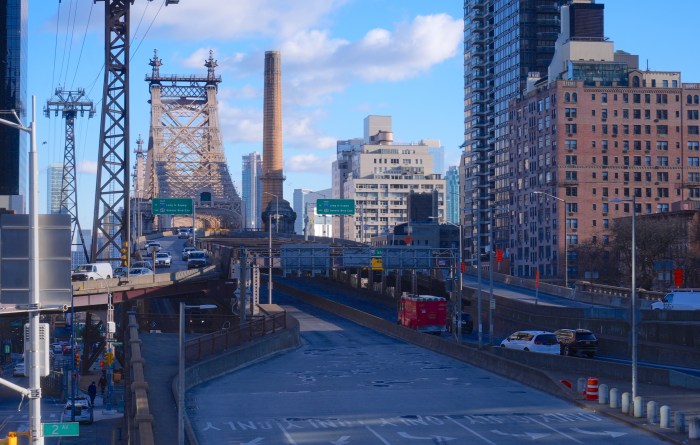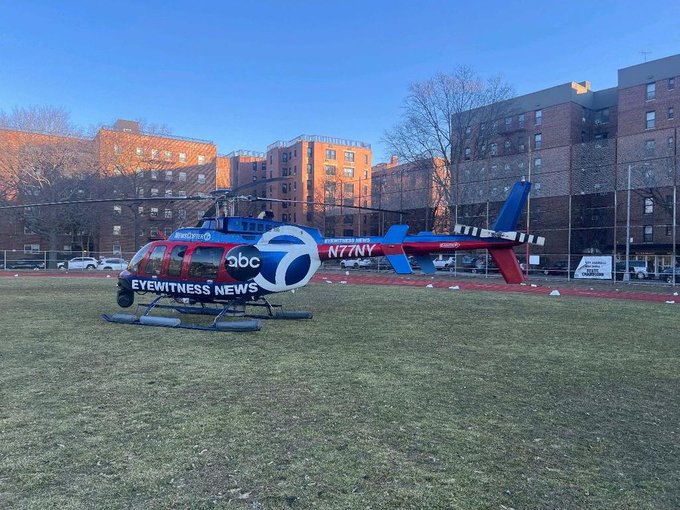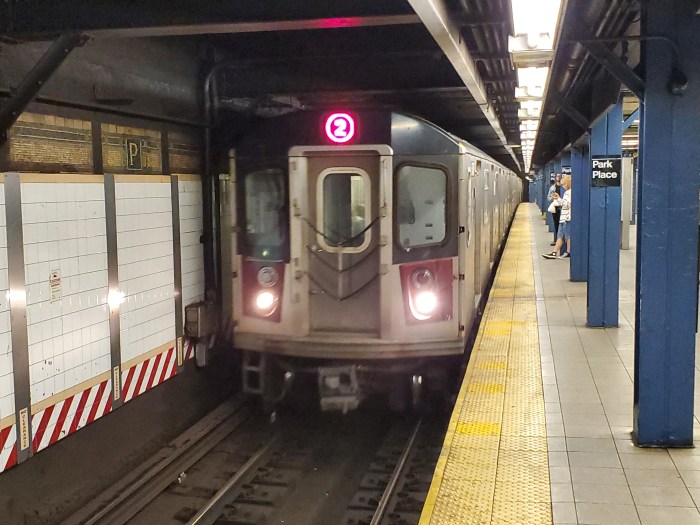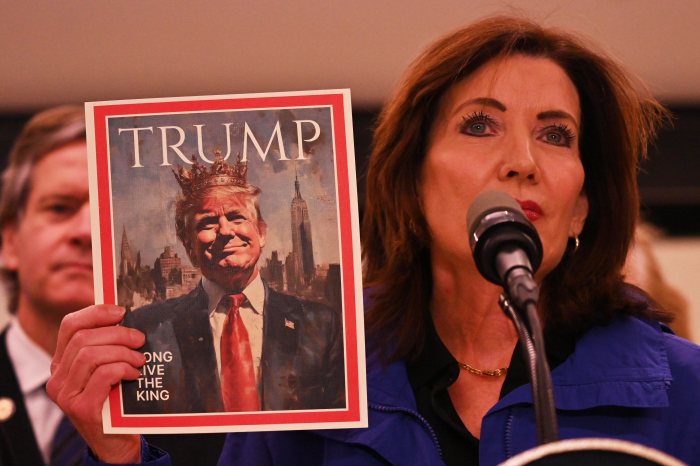The MTA’s board on Wednesday approved a controversial and quickly prepared reorganization plan that could cut up to 2,700 jobs by consolidating back-office groups.
The “transformation plan,” as it’s called, could save the authority up to $530 million annually over the next three years as it remains in the throes of a financial crisis. But it has also drawn an outpouring of opposition from experts and advocates who believe it could obscure accountability, level worker morale and undermine successful programs at the MTA — all while not doing much to actually curb bureaucracy.
“Much of this plan is rearranging for the sake of rearrangement, consolidating for the sake of consolidation,” said Ben Fried, spokesman for TransitCenter, one of several groups that had implored the board to vote it down.
“The haste to enact the reorganization plan actually risks delaying the critical work of modernizing the transit system that is now underway — including efforts to make the subway and bus service more reliable and to create a subway system that is accessible to all New Yorkers,” Fried continued.

The plan for the 70,000-person state authority was crafted in 12 weeks. It was passed in the state budget, as required by law, but without much public input — another point of contention. Gov. Andrew Cuomo and the State Legislature attached it to a host of new funding mechanisms for capital projects at the MTA, including congestion pricing.
MTA officials on Wednesday described the reorganization as critical to keeping afloat its operating budget — a ledger for day-to-day needs that faces large budget gaps. After a round of fare hikes, a hiring freeze and other cuts, the MTA managed to push back a billion-dollar budget gap that was anticipated for 2022 — but only by one year.
The reorganization plan would cut that deficit in about half, to $433 million by 2023. MTA CFO Robert Foran said there were few other options.
"It is increasingly difficult for us to find additional savings the way we are structured now,” Foran told the board.
Yet the board and the public have been afforded few details of the plan as it came up for a vote.
City Council Speaker Corey Johnson announced on Twitter Wednesday evening that the Council will hold an oversight hearing on the plan, saying that “massive changes” shouldn’t be made so quickly.
“This was rushed and is being pushed through the board without any real public review,” he tweeted.
Several board members also voiced concern over the lack of clarity as to how it would be carried out and what exactly would be impacted.
“For me this plan — a parallel example would be: I decide to remodel my home; I hire a contractor; I sign off on the design but I have not reviewed the specs nor the details of the work,” board member Veronica Vanterpool said. “And I feel like this is what we’re moving forward with today.”
The MTA had set up an online portal to receive public feedback and has logged just 18 comments so far, according to Vanterpool, the lone board member to vote against the plan. That amounts to about .0002% of the MTA’s daily ridership, she pointed out.
The MTA hired the firm Alix Partners to the tune of $4.1 million to craft the plan. Ultimately, it would consolidate 40 groups spread across various MTA agencies into six departments. It would also create three new executives — a chief operating officer, a chief transformation officer and an accessibility officer — to help implement the changes at the authority, which has an $18 billion budget.
“I think the blueprint they’ve created will help achieve three goals: one is improving customer service; secondly, making this a more effective and cost-effective organization; and, three, a significant reduction in operating costs,” said MTA chairman and CEO Pat Foye.
MTA officials said the plan would largely be implemented over the next six to nine months and take two years to complete.
Much of the concern about the reorganization focused on the proposal to pull engineering staffs from each operating department and have them report to a new engineering chief, instead of their individual agency bosses.
Some advocates and board members also worried that the move could undermine NYC Transit president Andy Byford, who is pushing forward with his own plans that have begun to stabilize subway service. Byford’s Save Safe Seconds plan, which has brought higher speed limits across the subways, is largely credited for the system’s improvement in reliability over recent months.
It was not explicitly clear Wednesday if Byford would still have full control over Save Safe Seconds or his Fast Forward plan to modernize transit service.
Foster Finley, a managing director at AlixPartners, said such work would likely stay within Byford’s purview, but he wasn’t definitive.
“Anything that’s already underway or anything that is very unique and specific to an agency will probably stay there,” Finley said. He said he had spoken about re-signaling with Byford and that the details were "pretty unique and specific and shouldn’t be something that’s thrown into a common pool.”
Many other board members were uneasy with the lack of details but reasoned that the plan is a road map — a living document that could be changed over time. The plan will now go through a 90-day review process.
“I see this as a blueprint, certainly not a plan,” said board member Susan Metzger. “I think it’s contingent on us to develop the plan….We’ve got 90 days to flesh this out and make it real; make it functional; make it work.”
Keys of the MTA Transformation Plan
—Cut between 1,900 to 2,700 jobs, largely from white-collar workforce;
—Merge 40 back-office groups into six departments;
—Centralize support groups so operating agencies—like Transit, LIRR—focus on safety, maintenance and delivery of reliable service;
—Create three new executives: chief operating officer, chief transformation officer and accessibility officer. The transformation officer will oversee the reorganization and report to the MTA board;
—Create a new central Customer Communication function to better communicate service delays and changes.


































